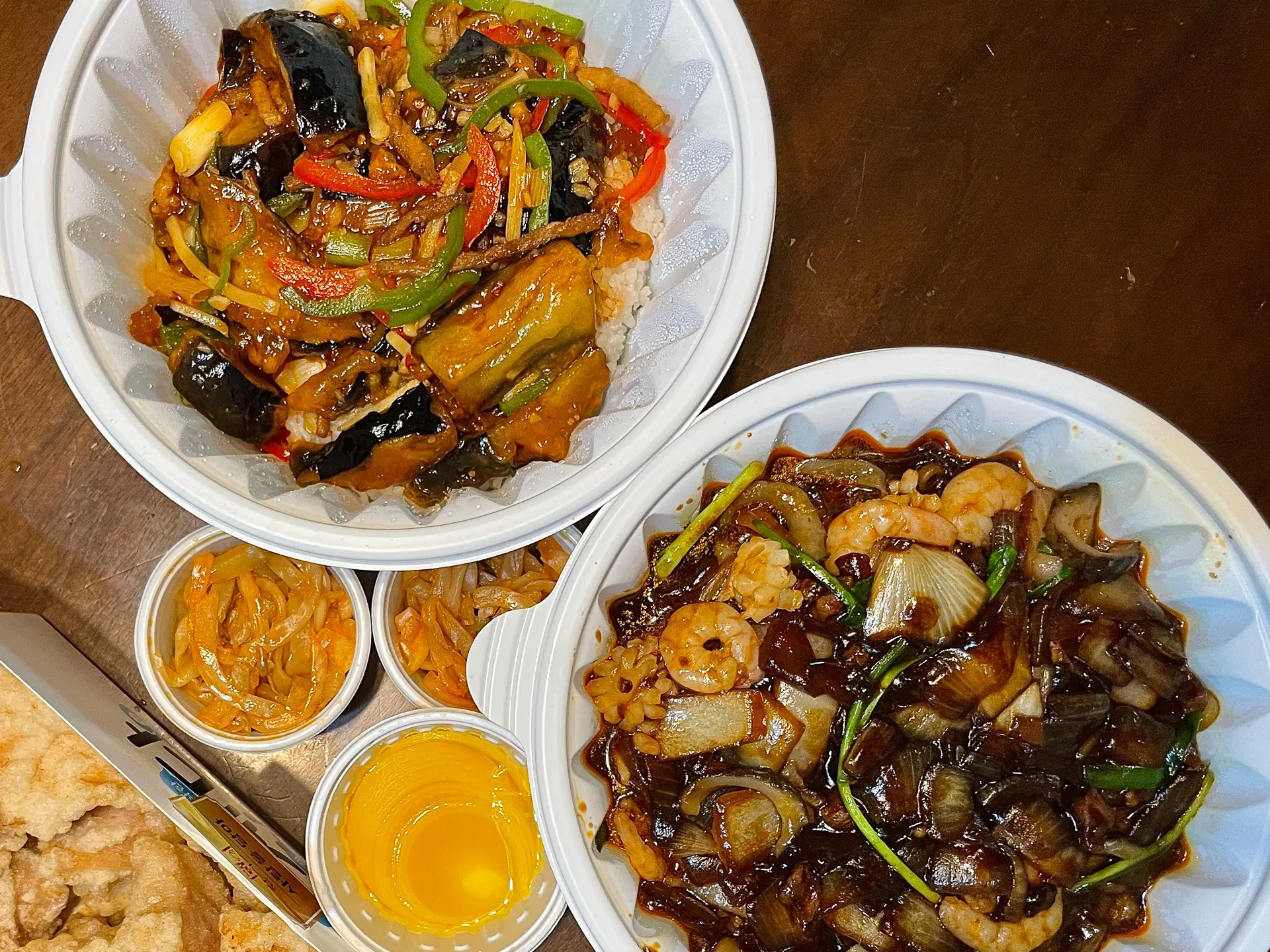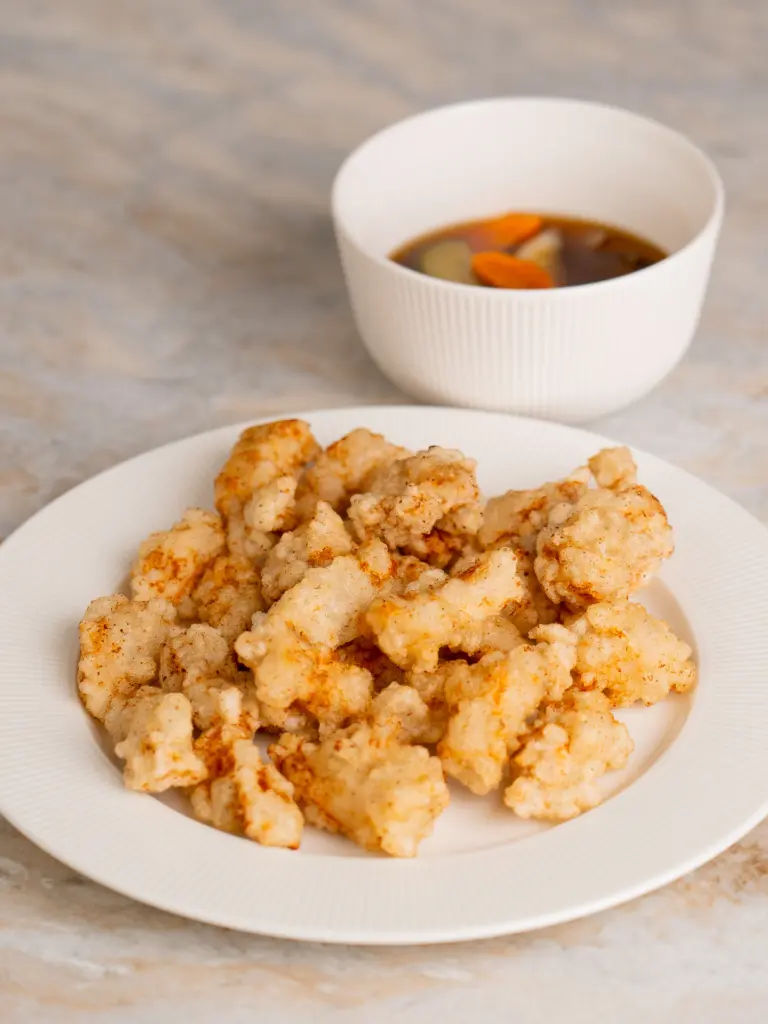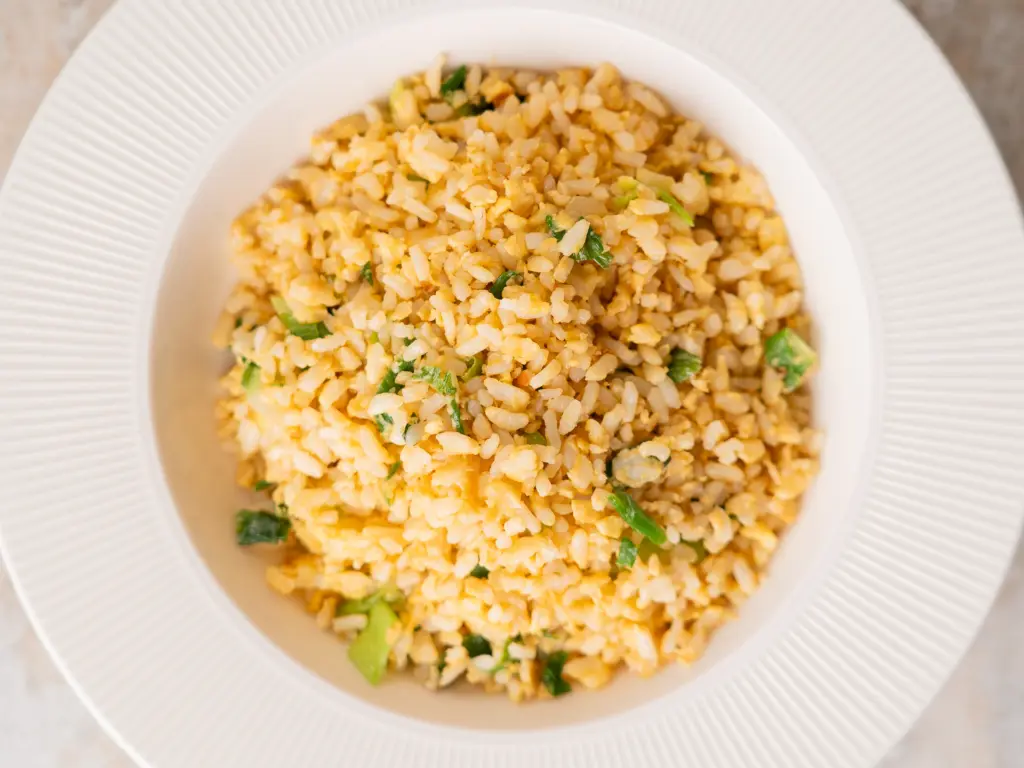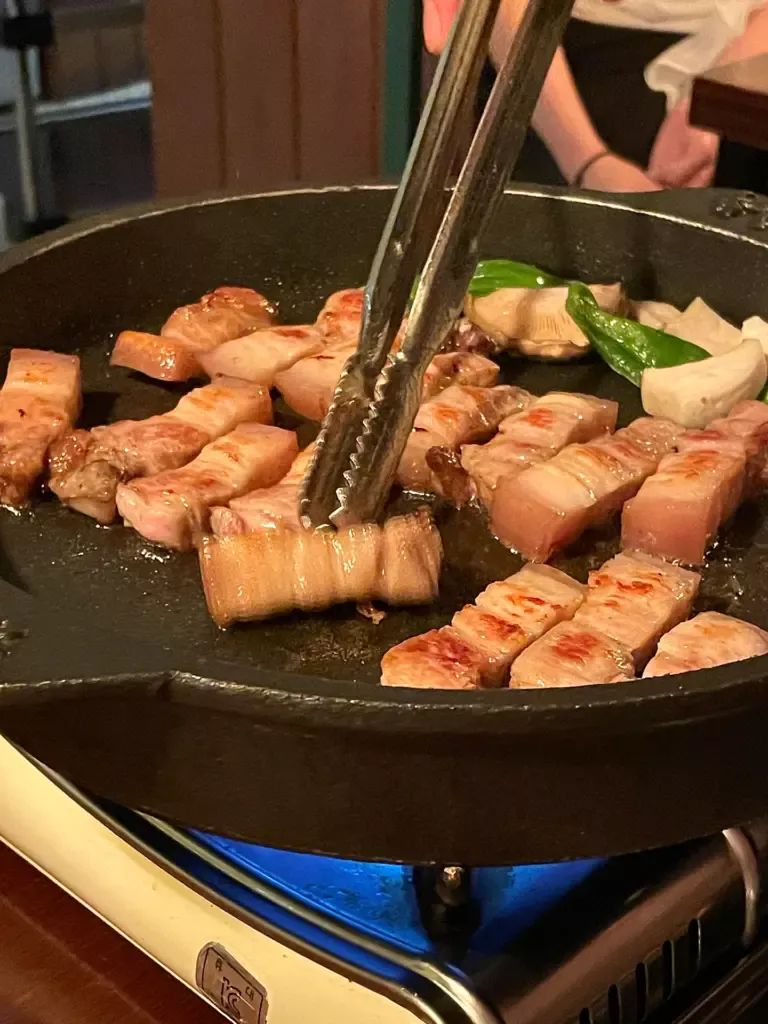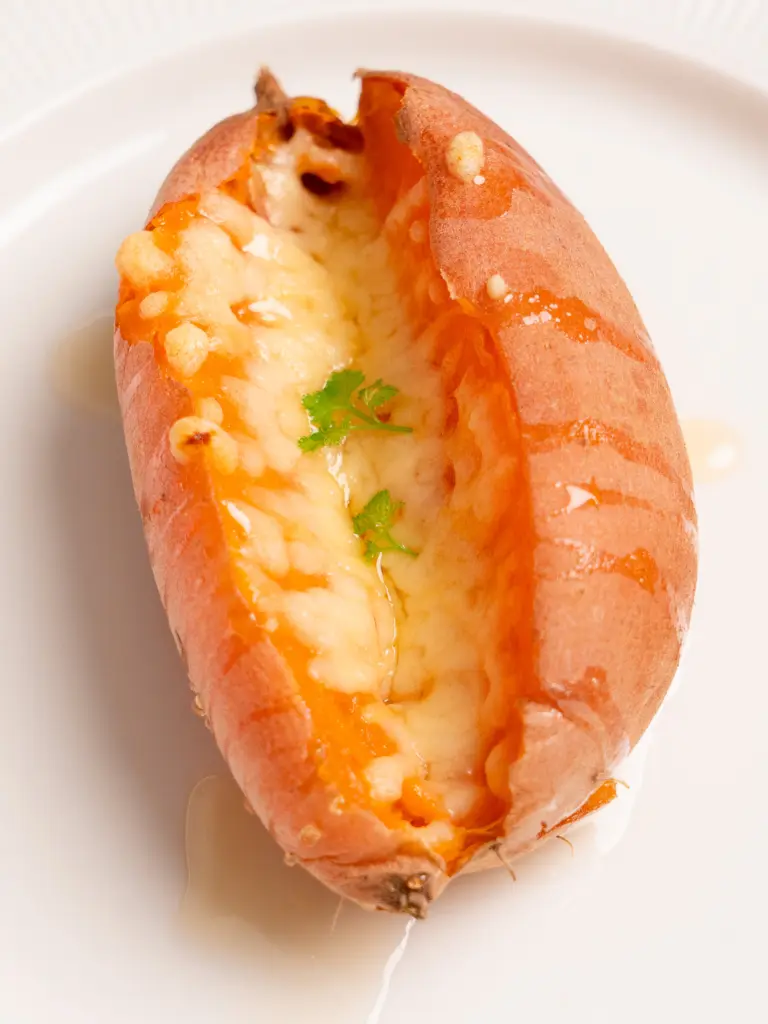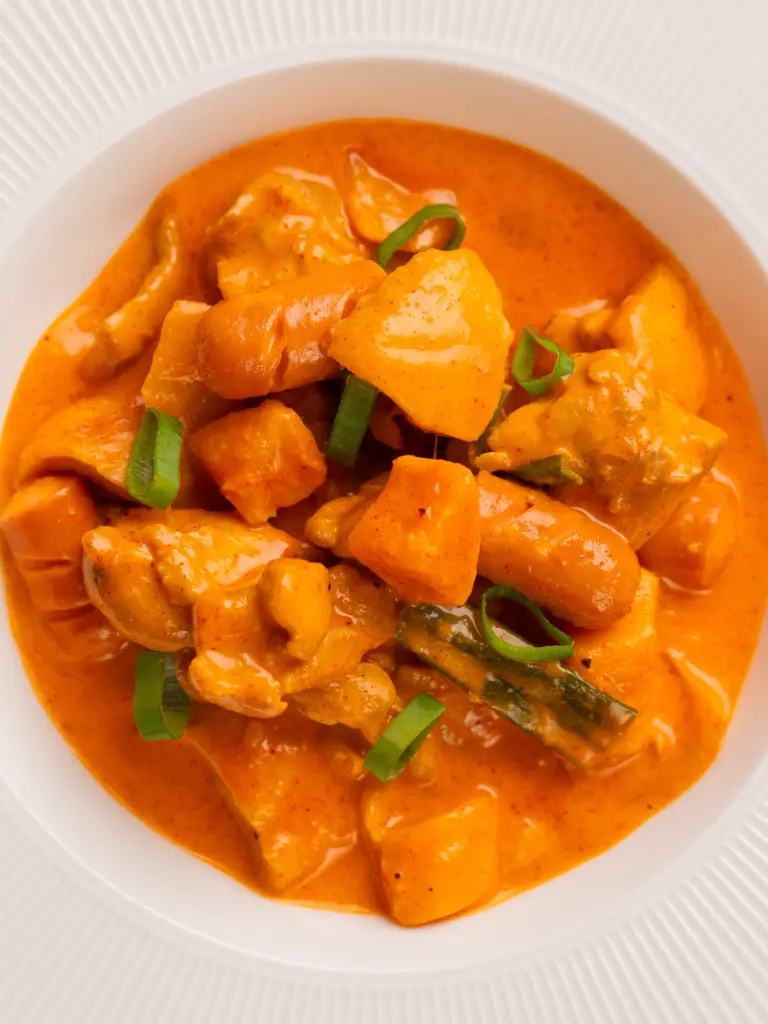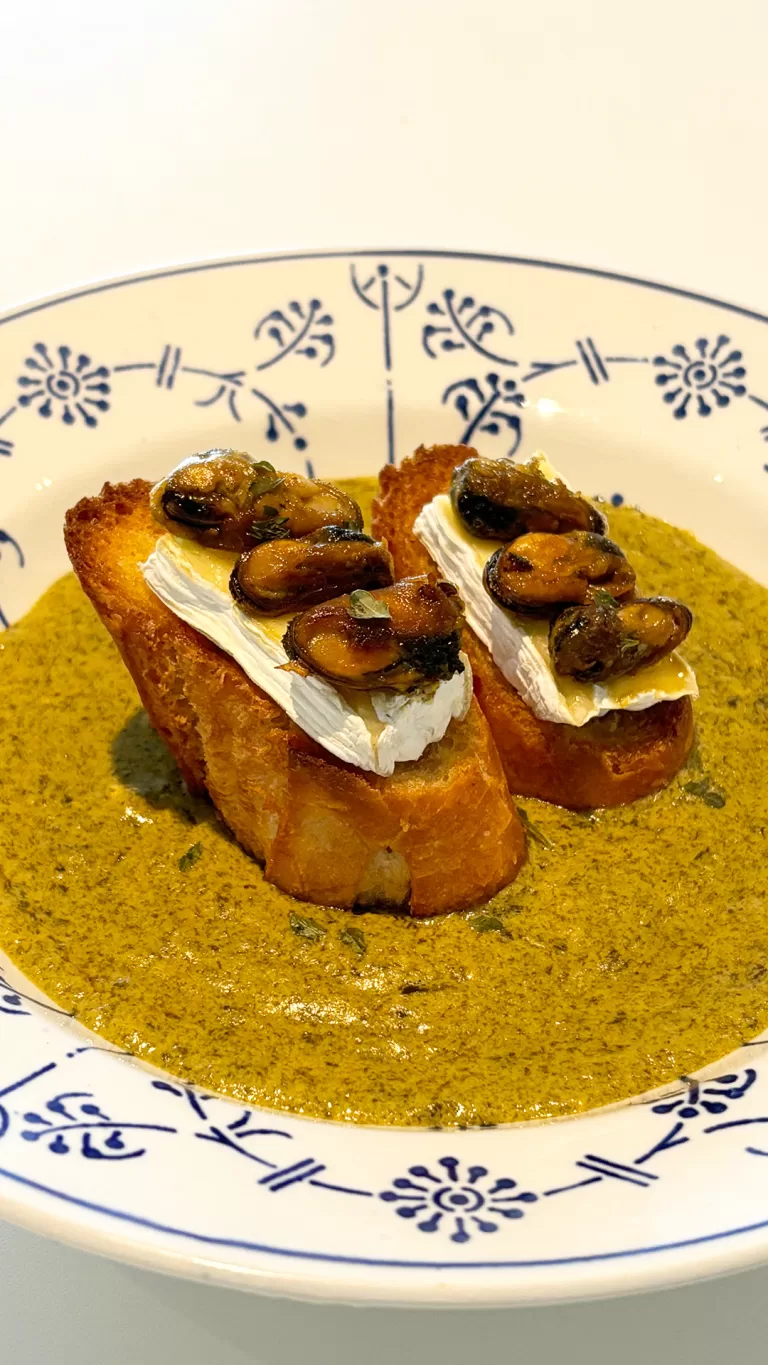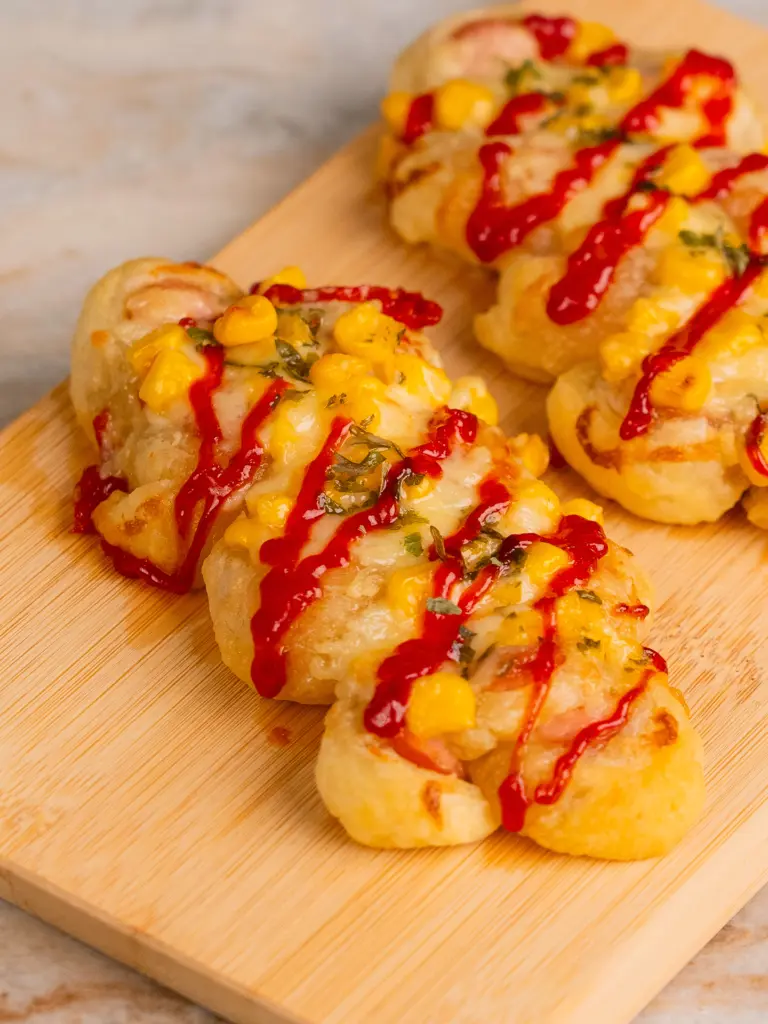10 Best Korean Chinese Food in Korea
This post may contain affiliate links, please read our disclosure policy for details.
Today, I’m going to recommend 10 must-try Korean Chinese foods. If you come to Korea, you absolutely have to visit a Korean Chinese restaurant! There are Korean-style Chinese dishes that you can’t find in China.
I’ve gathered the menus that Korean locals love at Korean Chinese restaurants. Oh! And not only Korean Chinese food—actual Chinese food is also trending in Korea these days. I’ll recommend those dishes too.
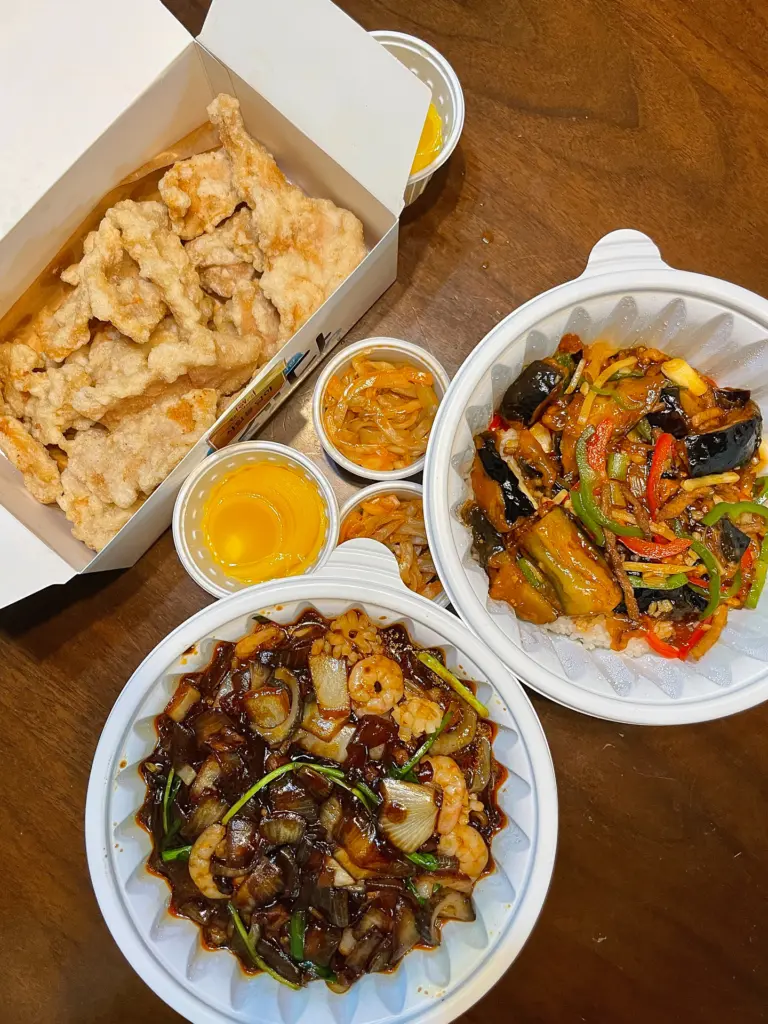
When Did Korean Chinese Food Begin?
If we trace back through history, we see that Chinese immigrants, known as Hwagyo, began arriving in Korea in earnest during the late 19th and early 20th centuries. In 1905, Gonghwachun, a Korean Chinese restaurant, opened in Incheon. It is considered the first one. The Hwagyo community mainly settled in open port cities like Incheon and Busan, where they opened numerous Chinese eateries.

By the 1910s and 1920s, Korean-style Chinese dishes like jajangmyeon slowly began to gain popularity. Jjajangmyeon became more widely popular in the 1960s, but at the time, it was considered a luxurious meal costing 15 won. From the 1990s to the 2000s, jajangmyeon evolved into an affordable, everyday dish enjoyed by the general public.
How Korean Chinese Cuisine Is Different from Traditional Chinese Cuisine
The Korean Chinese dishes you’re familiar with, such as jjajangmyeon, jjamppong, and tangsuyuk, are not actually found in China. I was shocked to learn that as a child. I thought they were authentic Chinese dishes, but they aren’t found in China.

Most Koreans found traditional Chinese food to be extremely oily and heavy in the past. While more Koreans enjoy authentic Chinese food today, 20 or 100 years ago, most people couldn’t tolerate greasy food well. Even now, many people in my parents’ generation look for kimchi jjigae when traveling to Europe because the food there seems too rich to them.
That’s why Korean Chinese food is a localized version of Chinese cuisine, adjusted to suit Korean tastes.
For instance, jjajangmyeon uses Chinese chunjang (black bean paste), but it’s sweeter and served over noodles in a uniquely Korean way. Jjamppong is another Korean creation made with chili oil to satisfy the Korean love of spicy food.
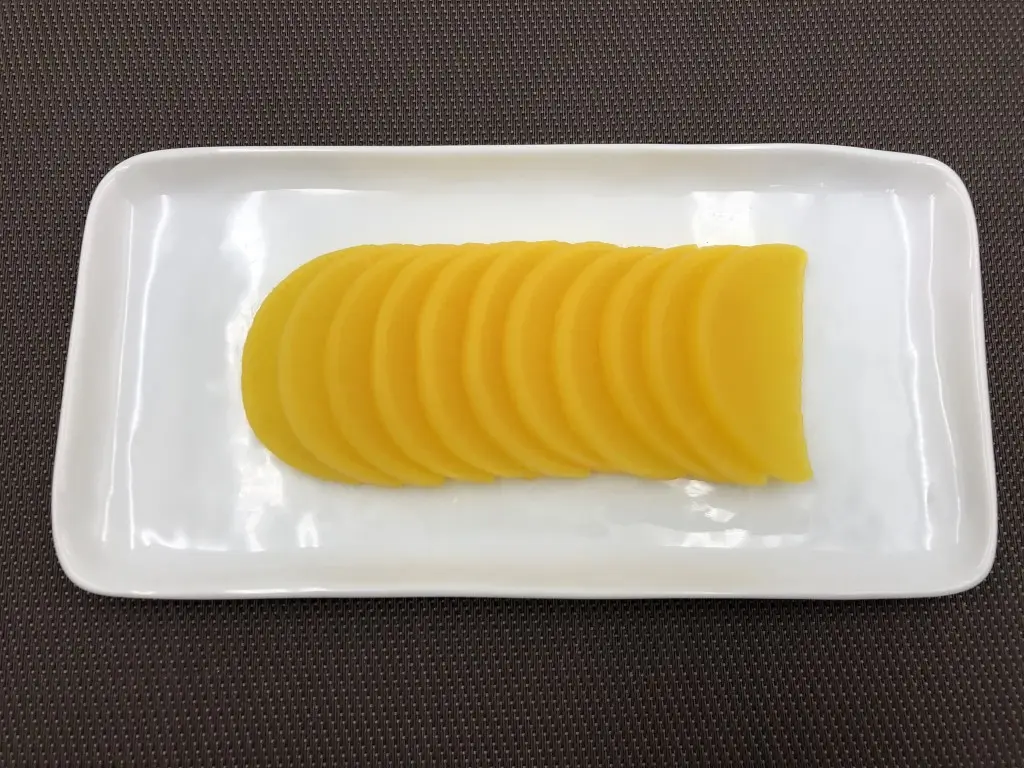
In Korean Chinese restaurants, you’ll always be served danmuji (yellow pickled radish) as a side dish, but you won’t find that in Chinese restaurants in China. This is another example of how Korean Chinese cuisine was adapted to balance the richness of the dishes for Korean tastes.
When Do Koreans Eat Korean Chinese Dishes?
- Graduation or Birthday: Back in the 1960s and 1970s, Korean Chinese restaurants were considered high-end establishments. It was a long-standing tradition for families to go out for Korean Chinese food on special occasions, such as birthdays or graduations. However, as Korea has become wealthier, this tradition has gradually faded. In the past, however, going to a Chinese restaurant was a meaningful way to celebrate a special occasion.
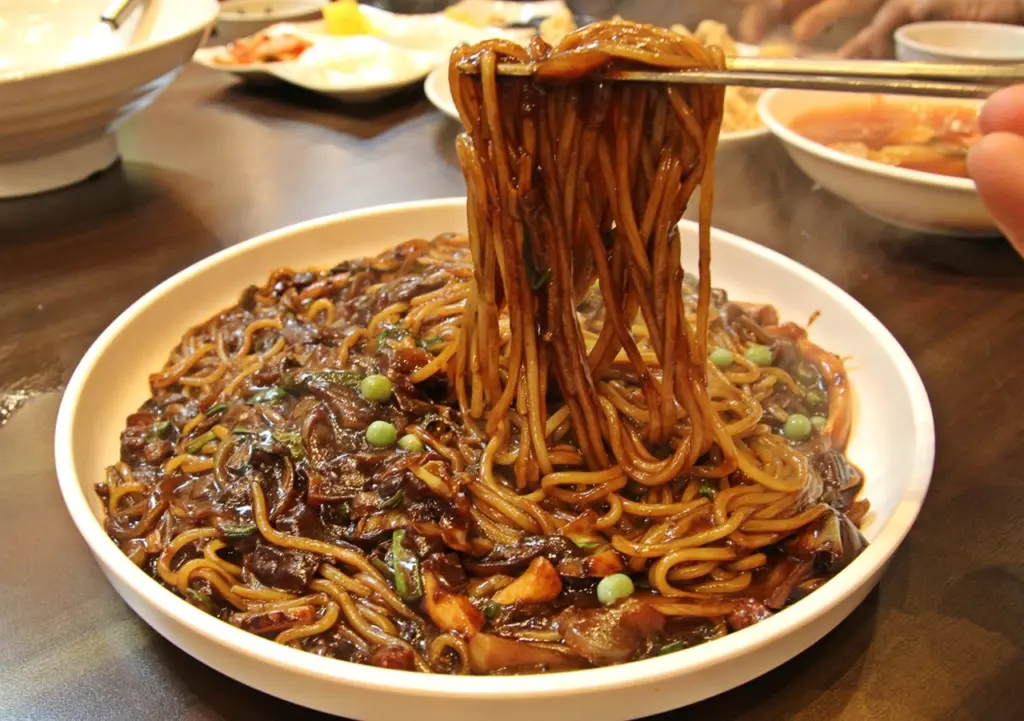
- Moving Day: In Korea, people often eat jjajangmyeon on moving day. That’s because Chinese food is one of the most popular types of delivery food in Korea. Rather than going out to eat, most people order it to their homes. Since moving day is usually busy and chaotic, having hot food quickly delivered made Korean Chinese dishes the go-to meal.
- Meeting with Friends: These days, Chinese food has become an everyday meal. Younger generations especially love it, and it’s no longer just for special occasions. Now, when we say “Chinese restaurants,” we’re not just talking about places that serve jjajangmyeon and tangsuyuk—we’re also talking about places that serve authentic Chinese cuisine, like malatang and hot pot. Authentic Chinese cuisine has become very popular in Korea. If you visit Gangnam Station in Seoul, for example, you’ll see countless Chinese restaurants, especially those that specialize in malatang. It’s everywhere!
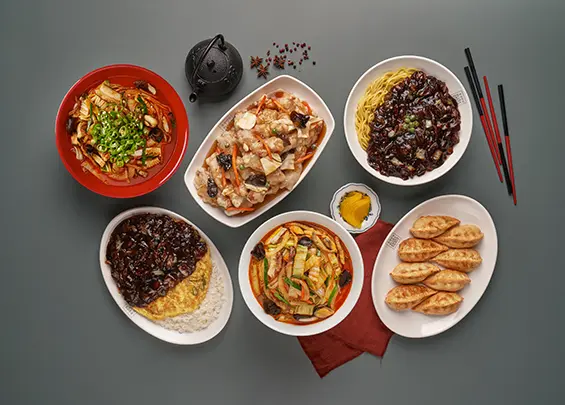
10 Best Korean Chinese Food
Here are 10 best Korean Chinese food menu you must try in Korea. I’ve also included some authentic Chinese dishes that are popular in Korea right now.
Jjajangmyeon 짜장면
Jjajangmyeon is the most famous Korean-Chinese food menu. The black sauce in jjajangmyeon is made by stir-frying chunjang, a fermented black bean paste, in oil. The sauce is typically cooked with onions, pork, zucchini, and plenty of sugar and MSG. The result is a salty, sweet, umami-rich sauce that bursts with flavor. The sauce can be poured over thick Chinese-style noodles or stir-fried with them. It’s important to mix the sauce thoroughly into the noodles before eating.
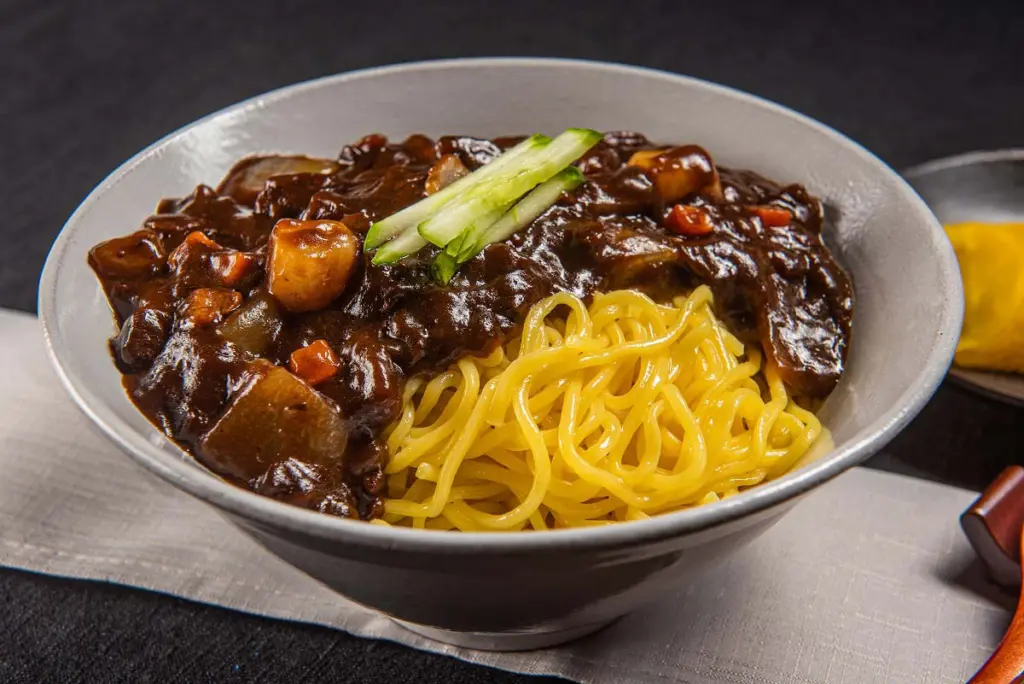
There are many variations of Jjajangmyeon in Korean Chinese restaurants, depending on how it’s made, served, or seasoned. Samseon jjajangmyeon includes seafood, such as sea cucumber and shrimp. Jaengban jjajangmyeon is served on a large platter for sharing, with the noodles stir-fried in the sauce—usually enough for two to three people. Sacheon(Sichuan) jjajangmyeon is a spicy version made with chili oil. If you’re visiting Korea, I recommend trying a few different types to experience the variety that Korean jjajangmyeon has to offer.
Jjamppong 짬뽕
Do you know that red, spicy soup that’s often served in Korean Chinese restaurants? It’s called jjamppong. It’s loaded with seafood and often includes pork, though some places use beef instead. Common seafood ingredients include mussels, squid, and shrimp, as well as vegetables such as onions, napa cabbage, and bok choy. Depending on your preference, you can add extra toppings as well. Basically, it’s a noodle dish served in a deep, spicy red broth.

The red color comes from the chili flakes and chili oil in the broth. The broth is neither dull nor greasy; it has a clean, spicy kick, and is full of flavor from the seafood, meat, and vegetables. Also, that deep umami flavor? It comes from MSG, which is used in most Korean Chinese dishes. If your homemade version doesn’t taste like the restaurant version, try adding some MSG.
In Korea, people often have a hard time choosing between jjamppong and jjajangmyeon. Many want the noodles from jjajangmyeon but also crave the soup from jjamppong. When I was a kid, some restaurants used to give you a small bowl of jjamppong broth for free with a jjajangmyeon order, but that’s rare now that prices have gone up. If you want both dishes, share with a friend: one person orders jjamppong, and the other orders jjajangmyeon. Or even better, order jjamjjamyeon! It’s a half-and-half dish with jjamppong on one side and jjajangmyeon on the other, all in one bowl. Not every restaurant has it, but most local, older Chinese restaurants in Korea do.
Tangsuyuk 탕수육
You might already be familiar with tangsuyuk, Korea’s version of sweet and sour pork. The pork is coated in a starchy batter and deep-fried until crispy. It is then served with a sweet and tangy sauce made from vinegar, sugar, and soy sauce. The sauce typically contains wood ear mushrooms, onions, cucumbers, and carrots.
Different restaurants serve it in different ways. Some pour the sauce directly over the pork, some stir-fry the pork and sauce together, and some serve the sauce on the side for dipping. If you’re interested in Korean food culture, you may have heard about the legendary “sauce war” between “pourers” (bumeok) and “dippers” (jjikmeok). It’s a serious topic in Korea, so if you’re sharing tangsuyuk with a friend, make sure you agree on your sauce style! Pouring sauce over the pork without checking first could start an actual (friendly) fight! haha
Crispy Tangsuyuk – Korean Sweet & Sour Pork
If you want to try making tangsuyuk at home, I’ve got the perfect recipe for you. It’s ultra-crispy and delicious, refined after testing many recipes from Chinese reastaurants chefs. Check out my Instagram to see real reviews from people who’ve tried it!
Fried Rice 볶음밥
The most common version of fried rice in Korean Chinese restaurants is egg fried rice. It’s usually made with scrambled eggs, minced pork, green onions, and carrots. Some places also add green peas to make the dish more colorful. Each restaurant has its own twist on the dish.
5 Min Korean Golden Egg Fried Rice – Quick & Easy
But here’s something unique about Korean Chinese fried rice! When you order it, it almost always comes with a small serving of jjajang (black bean) sauce on the side. There’s no single “right” way to eat it—everyone has their own style! Some people dip each spoonful lightly into the sauce, others drizzle a bit on top and mix as they go and some pour the whole thing over the rice all at once. How would you eat yours?
Fried Cream Shrimp 크림 새우
I was going to recommend Korean-style fried dumplings, or gunmandu, but those are easy enough to make at home these days. Instead, let me introduce you to a Korean-Chinese side dish that’s harder to replicate at home and absolutely adored in Korea: Fried Cream Shrimp. It’s crispy fried shrimp tossed in a sweet, tangy, creamy sauce. Here’s a little secret, though: the “cream” isn’t actually cream! It’s usually a mixture of mayonnaise and vinegar or lemon juice, which gives it a rich yet refreshing flavor.
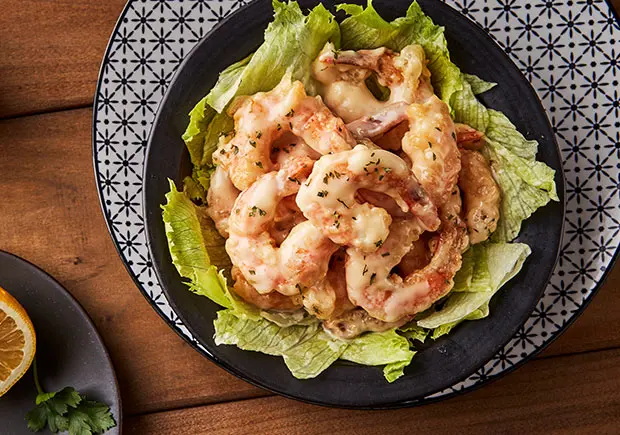
The shrimp stays crunchy even after being coated in the sauce, and the balance of crispiness and creamy, slightly sour sweetness is addictive. Yes, it’s deep-fried, but the sauce keeps it from being greasy. Trust me—this is a must-try dish that you probably won’t find outside of a Korean Chinese restaurant.
Mala Tang 마라탕
Mala tang is currently one of the most popular Chinese dishes in Korea. Many Koreans love it so much that some eat it once a month. Unlike Korean Chinese food, mala tang is an authentic Chinese dish originating from the Sichuan region. It’s a spicy soup cooked with mala seasoning, which gives it a distinctive numbing and tingling sensation on the tongue. The aroma of mala tang is so strong that people jokingly say you can smell it from 100 meters away while it’s being cooked.
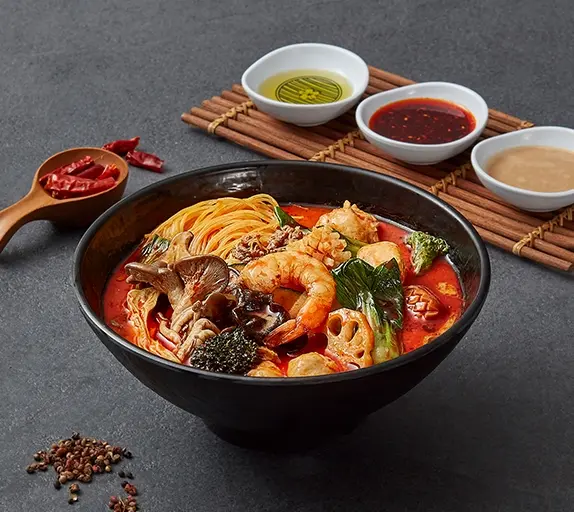
- How to Order Mala Tang
When you visit a Mala Tang restaurant, you first choose the level of spiciness for your broth. Then, you select your ingredients, which are organized by category: meat, seafood, vegetables, and noodles.
For meat, you can typically choose between beef and lamb. Seafood options often include mussels and shrimp. Common vegetables include bok choy, napa cabbage, enoki mushrooms, and bean sprouts. For tofu, you can select varieties such as fermented tofu (fu zhu) or dried tofu sheets. Noodle choices usually include corn noodles, Chinese glass noodles, or fettuccine-style noodles. Many Koreans make sure to add glass noodles and fen mo za noodles. You can also add extras like sausage or dumplings. At most places, your bowl is weighed after you select your ingredients, and the final price depends on the total weight.
Mala Xiang Guo 마라샹궈
Mala Xiang Guo is basically Mala Tang without the soup. It’s a stir-fried dish made with the same spicy mala seasoning, mixed with meat, seafood, vegetables, and noodles, all cooked on high heat to get a smoky flavor. Ordering Mala Xiang Guo is similar to ordering Mala Tang — you pick your ingredients just like you do for the soup. However, if you go to a restaurant where it’s just a menu item (not a self-serve style where you pick ingredients yourself), you usually only need to choose the spice level. Keep in mind that this kind of Mala Xiang Guo is usually meant for sharing among 2 to 3 people, not just for one person.

Hot Pot (훠궈)
Hot pot is a famous Chinese dish that’s also extremely popular in Korea. If you visit Seoul—or anywhere in Korea—you definitely have to try it. Hot pot comes with a divided pot so you can enjoy two types of broth at once. People usually pick a spicy mala broth on one side and a non-spicy broth on the other. For the non-spicy side, you can choose a tomato broth or a rich white broth made from pork bones, called Baektang.
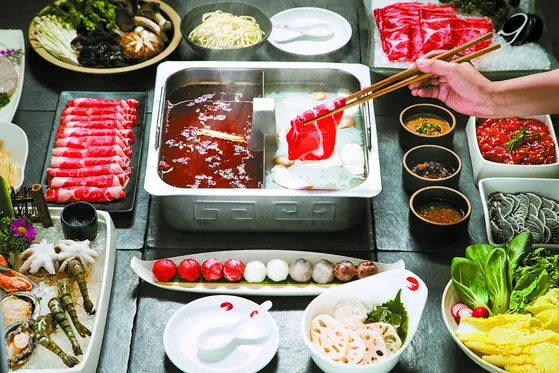
Most Koreans like to combine the spicy red broth with the mild white broth. Common choices for meat include thin slices of beef or lamb. You can also add seafood, baby bok choy, bean sprouts, and other vegetables. Since the meat is thinly sliced, you only need to dip it briefly in the boiling broth until it’s cooked and then eat it right away. The key is not to overcook the vegetables either. Eat them when they are lightly cooked for the best texture and flavor.
Lamb Skewers (양꼬치)
Koreans weren’t very familiar with lamb meat until recently, but the popularity of lamb skewers really helped make lamb more common and loved in Korea. Nowadays, you can find many lamb skewer restaurants, and it has become one of the favorite dishes for many Koreans.
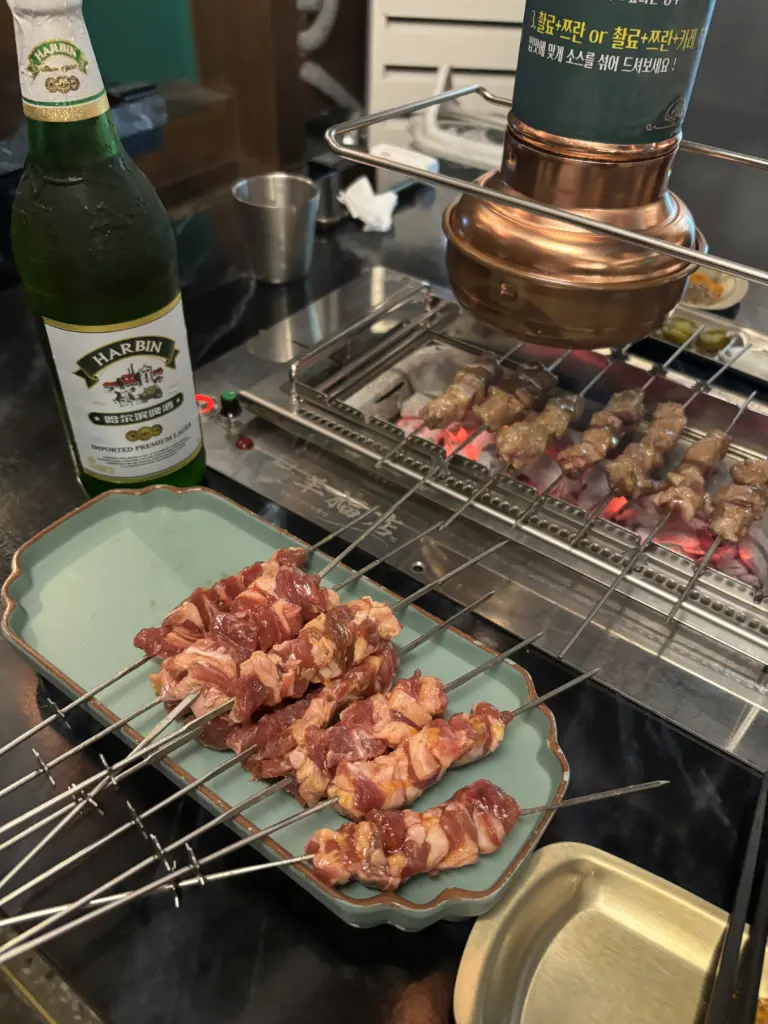
Lamb skewers consist of pieces of lamb meat threaded onto long metal skewers and grilled. In Korean lamb skewer restaurants, you’ll often see a rotating grill on which the skewers slowly turn and cook evenly. People typically dip the grilled lamb skewers into a special seasoning made of cumin and chili powder before eating them. This seasoning adds a fragrant, slightly spicy flavor that pairs perfectly with the lamb.
Guo Bao Rou (꿔바로우)
Guo Bao Rou is similar to Tangsuyuk, or Korean-style sweet and sour pork, but the two dishes differ in texture and cut of meat. In fact, many Chinese restaurants in Korea now serve Guo Bao Rou instead of Tangsuyuk, and younger Koreans often prefer it.
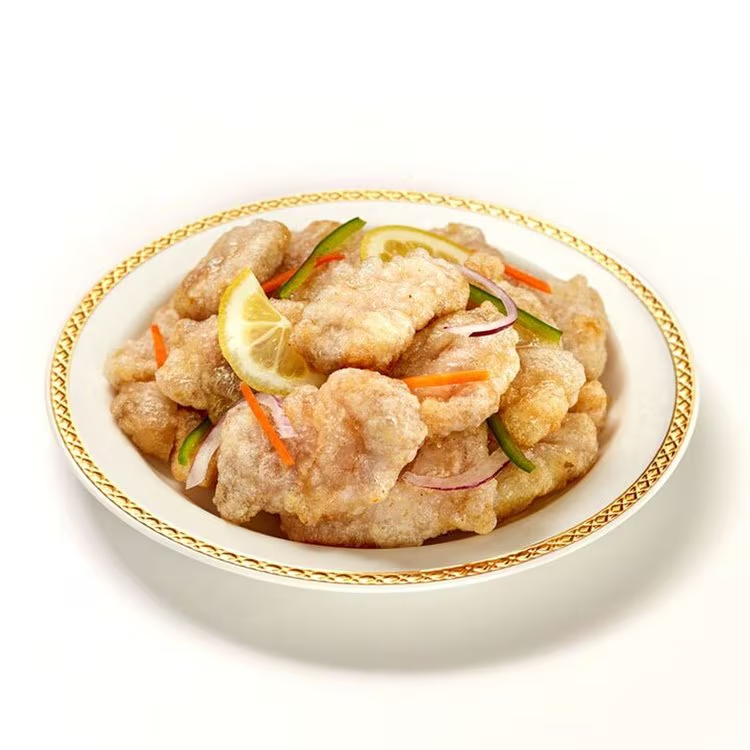
Guo baorou is made with potato starch or glutinous rice flour together, which gives it an extra-crispy yet chewy texture. Unlike tangsuyuk, which uses thick cuts of meat, this dish features thin, wide slices of pork that are deep-fried. When it’s served, scissors are usually provided so you can cut the pieces yourself. The ultra-crispy coating gives way to a satisfying chewy crunch followed by tender pork when you bite in. The sauce is sweet and sour, similar to Tangsuyuk, but cleaner and simpler, without vegetables like cucumber, carrot, or pineapple.
FAQs about Korean Chinese Food
What is Korean Chinese food called?
It’s called Jung-hwa Yori (중화요리).
What is a Chinese hotpot in Korean?
It’s called huoguo (훠궈).
What is the Chinese bibimbap?
It’s a bibimbap-style dish where jjampong ingredients are stir-fried with very little broth and served over rice. This is also part of Korean Chinese cuisine, not original Chinese food.
Is Korean Chinese food healthy?
Many dishes are deep-fried and contain a lot of noodles, so they are high in carbs. They’re also high in sodium, making them more about taste than health.
Is Korean food similar to Chinese food?
No. Korean food, especially homemade dishes, rarely involves deep-frying. Most dishes are stir-fried, boiled, or steamed. Chinese cuisine uses more oil, with stir-frying being common and sometimes even pouring hot oil over food.
What does Jajangmyeon taste like?
Jajangmyeon has a savory and slightly salty flavor from stir-fried black bean paste, with a sweet touch from added sugar.
Is Jajangmyeon usually eaten alone?
Some people eat it alone, but Koreans usually enjoy it with family or friends. That way, you can order Jajangmyeon, Jjampong, and Tangsuyuk and share everything.
What kind of meat is used in Jajangmyeon?
Pork is commonly used, often with extra pork fat added for flavor.
Is Jjampong spicy?
Jjampong is spicy because it contains plenty of chili oil, but most Koreans don’t find it overwhelmingly hot.
What noodles are used for Jjampong?
Jjampong uses medium-thick Chinese-style noodles—thicker than very thin noodles but not too thick, similar to the noodles used for Jajangmyeon.

